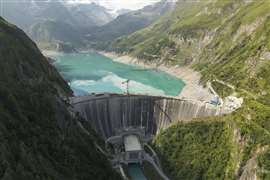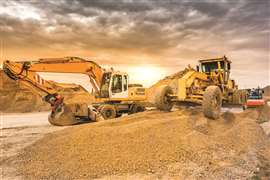Read this article in Français Deutsch Italiano Português Español
Liebherr pushes autonomy and hydrogen from concept to reality
Premium Content
28 July 2025
STAY CONNECTED


Receive the information you need when you need it through our world-leading magazines, newsletters and daily briefings.
Longer reads
CONNECT WITH THE TEAM


Neil Gerrard
Senior Editor, Editorial, UK - Wadhurst
Tel: +44 (0) 7355 092 771
E-mail: [email protected]









